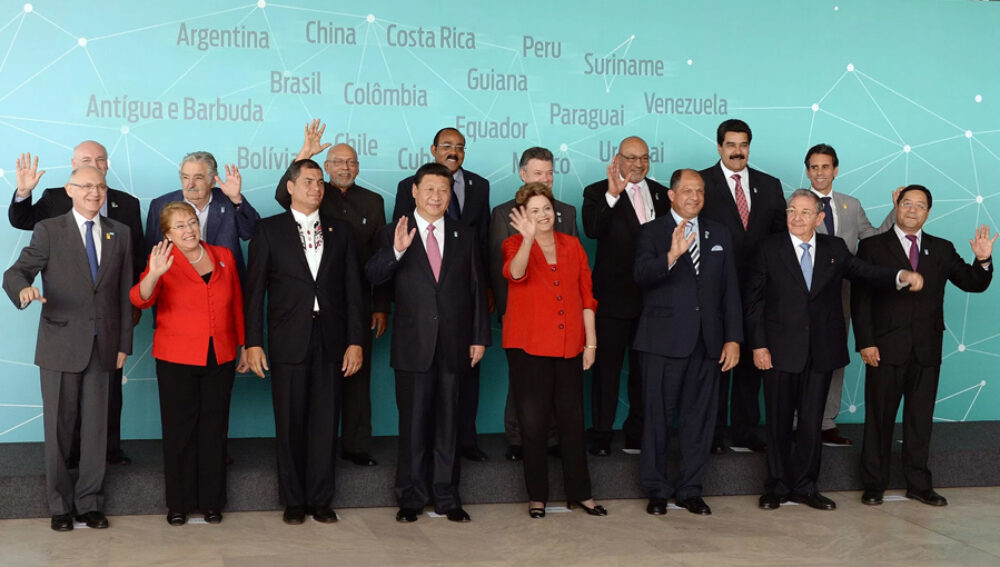Sino–Latin American relations have experienced an unprecedented growth since 2001, particularly after China joined the World Trade Organisation. Trade jumped from 12 billion dollars at the beginning of the century to the current 266 billion dollars. Beijing became the region’s second largest trading partner, behind the United States, having signed free-trade agreements with Chile (2005), Peru (2008) and Costa Rica (2010). By 2010, China was lending more money to the region than the World Bank, the Inter–American Development Bank, and the United States Export-Import Bank combined, committing more than 141 billion dollars in loans between 2005 and 2016. In 2015, Xi Jinping announced China’s plan to double Sino–Latin American trade and investment in the next 10 years, reaching 500 billion and 250 billion dollars respectively.
No balancing actions against China’s increasing influence were taken. In November 2013, former Secretary of State John Kerry stated that the “era of the Monroe Doctrine was over”, in a symbolic but clear expression of Washington’s acknowledgement of the new regional reality.
This relationship gradually incorporated more than trade. High-rank visits increased significantly, including Jiang Zemin, Hu Jintao and Xi Jinping’s several trips to the region. Two Chinese White Papers have been released – in English and Spanish – explaining China’s policy towards the region. Beijing has also increased its engagement with regional organisations such as the Andean Community, MERCOSUR, and the Organisation of American States (OAS), and established the China – CELAC forum, which includes the 33 countries in the region, leaving out the United States and Canada.
Please click here to read the full “Sino-Latin American relations and the Trump administration” article at the IAPS Dialogue, written by Diego Leiva, School of Government and International Relations, Griffith University.








